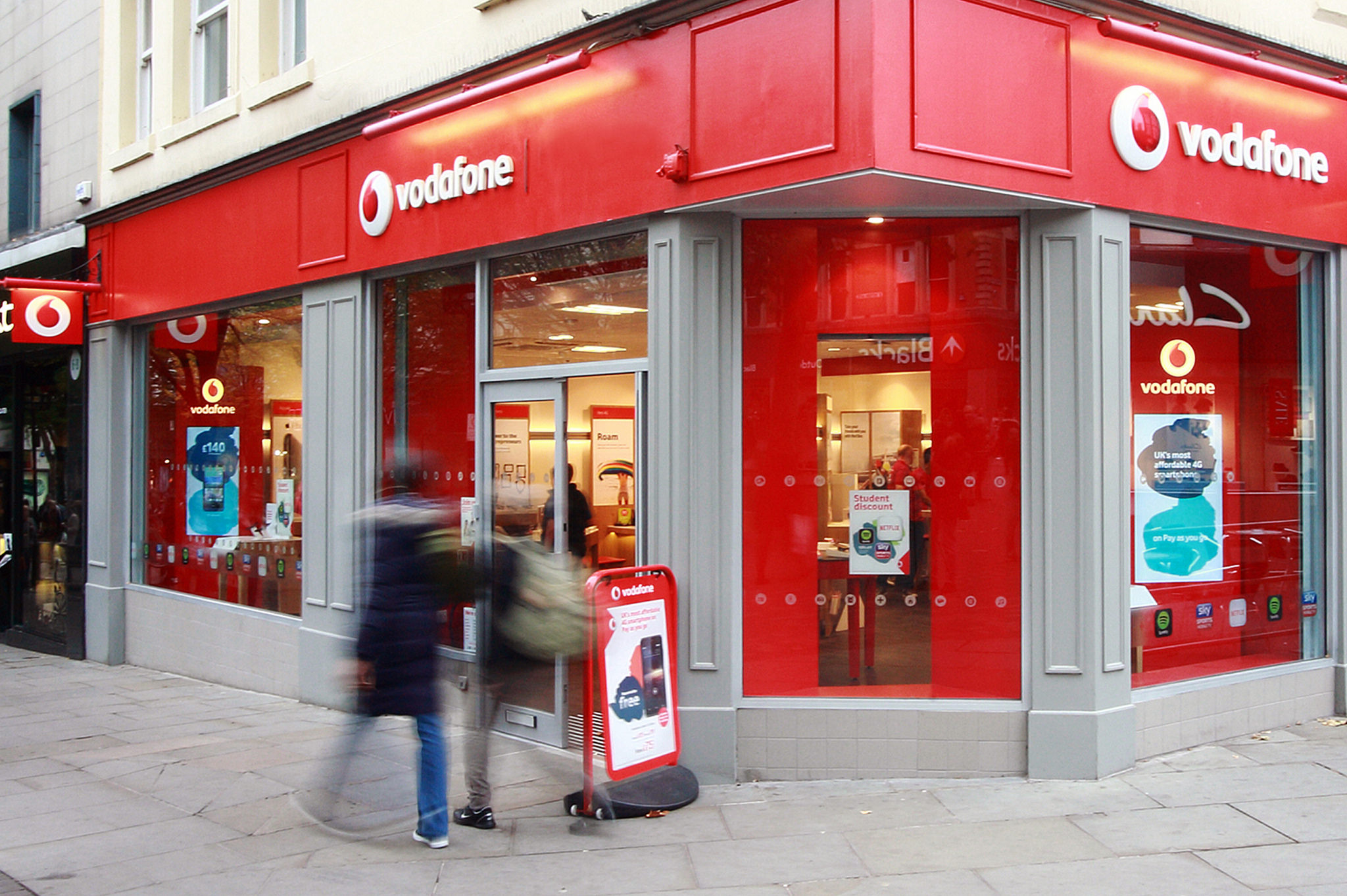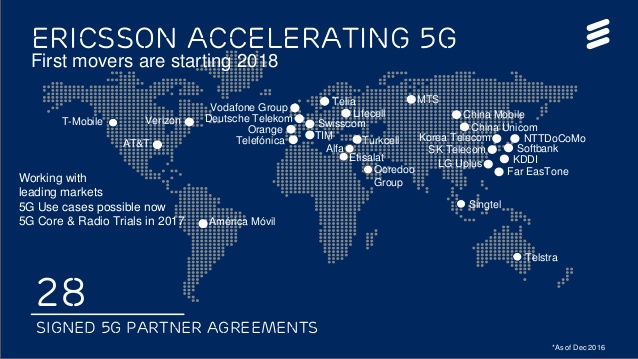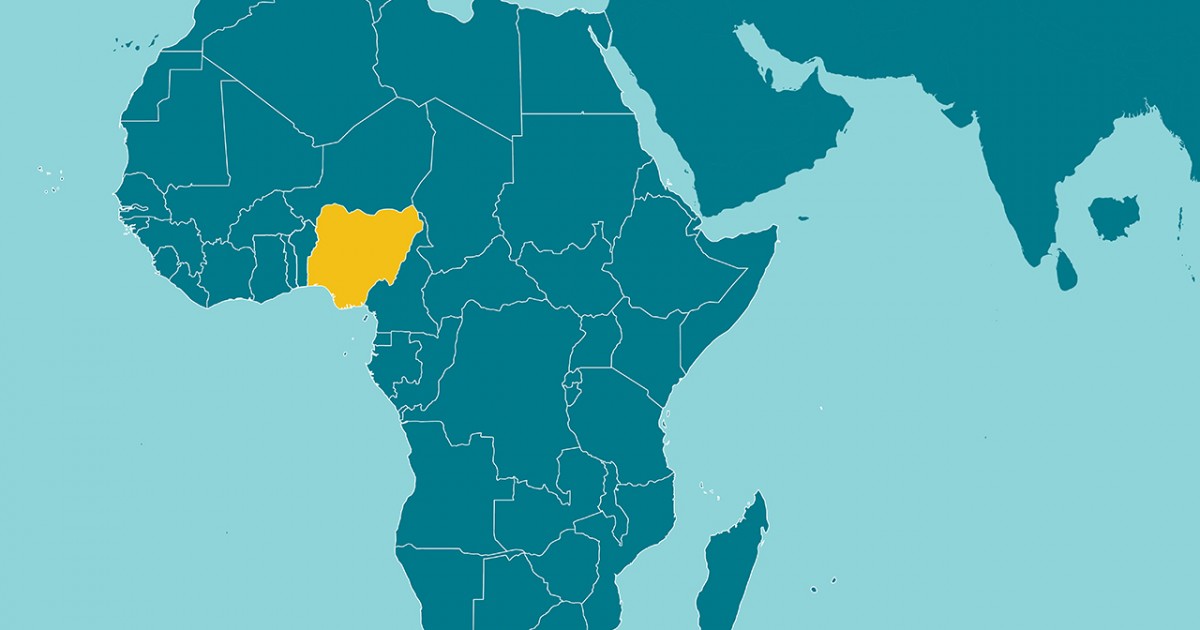M1 will start testing 5G small cells at the end of the year. Those trials will be conducted in partnership with the Finnish company, Nokia. The main goal of those tests will be to give informations on the best way to install 5G small cells for a commercial purpose in a “dense cell grid architecture” and to validate the efficiency of low-latency for the “Internet of Things”. Denis Seek, CTO of M1 stated, “The practical learning from early 5G field trial is critical for the success of developing high-performance and demand-driven 5G services for our customers in future and enables us to play a key role in Singapore’s Smart Nation initiatives.” If Nokia has been working with M1 on network trials since 2016, it won’t be the only company working with the operator. The Chinese tech giant Huawei will also run trials with M1 by testing the 28GHz mmWave spectrum…
The city of Kitchener, in Canada, Ontario, is home of a new app called OpenPhone. Its ambition is to help small entrepreneurs stopping the blurred line between private and business phone calls. Many services already exist in this specific field, like Phone.com or Grasshopper, but OpenPhone’s main feature is to simplify the process and focus and ease of use. As of today, the app let user share one phone number across several phone, using VoIP technology. Still in its beta version and available on the Appstore since January, the company expects to launch in a couple of months a final version. An Android version hit the Google platform in June. OpenPhone will allow customers to make concurrent calls on several devices, transcribed voicemail and call forwarding. This way, small businesses will have the opportunity to have a better communication between customers and entrepreneurs.
5G will be available for trial in seven cities across the UK. Birmingham, Bristol, Cardiff, Glasgow, Liverpool, Manchester, and London were selected to run the tests on the upcoming network. Those new infrastructures will be running the new 5G at the end of 2018 between October and December. Earlier this year, Vodafone paid £378 million, to get 50Mhz of the 3.4GHz spectrum. Nick Jeffery, Vodafone’s chief executive stated, “We want to make 5G and new fibre broadband services available to consumers and business throughout the UK, delivering a Gigabit society for all. We will also be bringing ultra-fast 4G to several hundred sites in hard to reach rural areas this year, building on our position as the network that offers the best voice coverage in the UK.” Vodafone’s goal is to launch a full 5G service in the UK by 2020, when 5G devices will be available on the market.
After suing Apple over patents infringement VoIP-Pal is determined to launch the exact same process with Amazon. The lawsuit has been filed in Nevada, and is focusing and Amazon’s cloud-based virtual assistant, Alexa, especially on its calling and messaging services. The Washington-based company blames Amazon for using the very same four patents that it is suing Apple for. In Amazon’s case, the technology is used to make function voice and video calls or voice messages. Voip-Pal is trying to make profits from patents they own that are based on VoIP technology. The CEO of Voip-Pal, Emil Malak said, “After investigating Amazon’s Alexa platform and Echo line of products our technical team has concluded that the calling and messaging functions infringe our patents. Amazon’s foray into communications seems to be part of a larger trend of giant corporations battling for market dominance by offering Internet-based communication products that integrate with traditional…
The auction for 100MHz of spectrum in the 3.5GHz bandwidth were sold to SK Telecom and KT, and on the other hand, LG Uplus received 80MHz of spectrum in that same bandwidth. The total amount that was raised by the auction was a little lower than anticipated with $3.6 billion. The Ministry of Science and Information and communication technology sold by auction 280MHz of spectrum in the 3.5GHz bandwidth and will later sale 2,400MHz in the 28GHz band. 5G networks will certainly reach South Korean as one of its first market to be launched on. The next few months and years will be important for SK telecom and KT. They want to make sure that South Korea will be “first for 5G” with an expected March 2019 as a deadline to start launching the news high speed network.
Chunghwa Telecom (CHT), Taiwan Mobile and Far Eas Tone (FET) Telecommunications have increased their sales thanks to new cheaper mobile plans. CHT got NT$19.51 billion (US$652.9 million) in sales for May, an increase of 12.71% from last year with a Net profit of NT$4.56 billion. Its optical broadband service reached 3.563 million subscribers, and its MOD service users reached 1.758 million on the same period. Also in May, Taiwan Mobile got NT$10.01 billion, with a net profit of NT$1.51 billion, thus having NT$49.86 billion in revenue on the last 12 months. In May, FET was able, on its side to gather a revenue of NT$7.299 billion for a net profit of NT$984 million.
Security researchers from Rapid7 have found a large number of insecure UDP Internet services in Germany, which are used for VoIP. The researchers found nearly six million exposed SIP services on port 5060 / UPD, more than any other country in the world. The Session Initiation Protocol (SIP) is used to establish a communication session in Internet telephony and is particularly difficult to secure. Only encrypted SIP (SIP-TLS on port 5061 / TCP) provides adequate protection against active and passive eavesdropping and toll fraud, but plain text SIP is still widely used in Germany. This is demonstrated by Rapid7’s new National Exposure Index, an annual ranking that examines the extent to which countries around the world are at risk of active cyber attacks. For the study, Rapid7s security researchers scoured the entire Internet for TCP / IP services that, for example, are not secured with modern encryption methods or offer…
The Swedish tech company expects 5G devices market to expand exponentially over the next 5 years. A report issued by Ericsson on Tuesday indicates that IoT (Internet of Things, that includes non-computer connected objects) will see its growth explode with 5G connections available, as they foresee that the connected devices’ market will be multiplied by five. As of today, this market represents 700 million units, and by 2023 their report see a size of 3.5 billion IoT devices. Last November, Ericsson’s expectations were of half this number. Patrik Carwall, head of industry marketing department at Ericsson thinks that among those 3.5 billion, 1 billion devices will use 5G. He added “We have been reporting on mobile industry development for a number of years. However, this report is probably one of the more exciting ones because we are at the start of a big change in the industry.” 5G will start…
One of Africa’s largest economy, if not the largest (an ongoing debate with South Africa), Nigeria’s VoIP sector has seen in increase of subscription over a period of 12 months. With 93% of growth on one year, VoIP went from 46,348 users in May 2017 to reaching 89,447 in April 2018. Out of the two main operators in that segment, Smile Communications is in charge of 93% of the market with 83,445 accounts against 6,032 for its smaller rival, Ntel network. Still, the VoIP technology is a very narrow market on a GSM-dominated market. So far VoIP represents 0.06% of communications when GSM accounts for 99.7%. This is mainly due to a lack of broadband penetration into the country’s infrastructure. The Nigerian Communications Commission (NCC) assured that it expect to increase broadband penetration to 30%, compared to 22% right now, by putting on policies to achieve this goal. Prof. Umar…
With JPY 518.2 billion of value at the end of March 2018, the production of telecommunication material and devices wend down 24% year-on-year. The reason can be found in the constant relocation of factories, but also in the decrease of investments for this industry. The CIAJ (Communication and Information Network Association of Japan) stated that both business and infrastructure, whether it is landline or wireless, related equipments showed signs of lack of interest by investors. One figure represents this fall down: the production and trade of mobile terminal equipment dropped 39% in those 12 months with JPY 171 billion.













